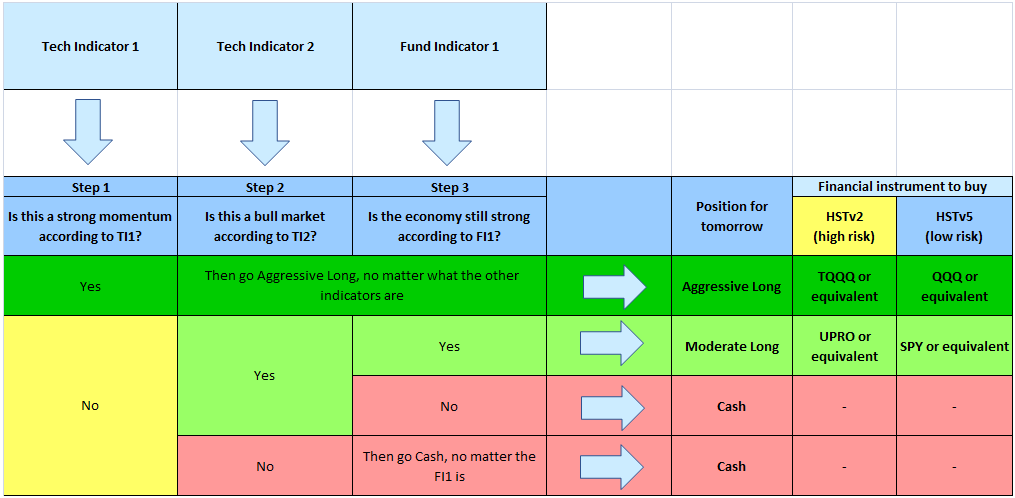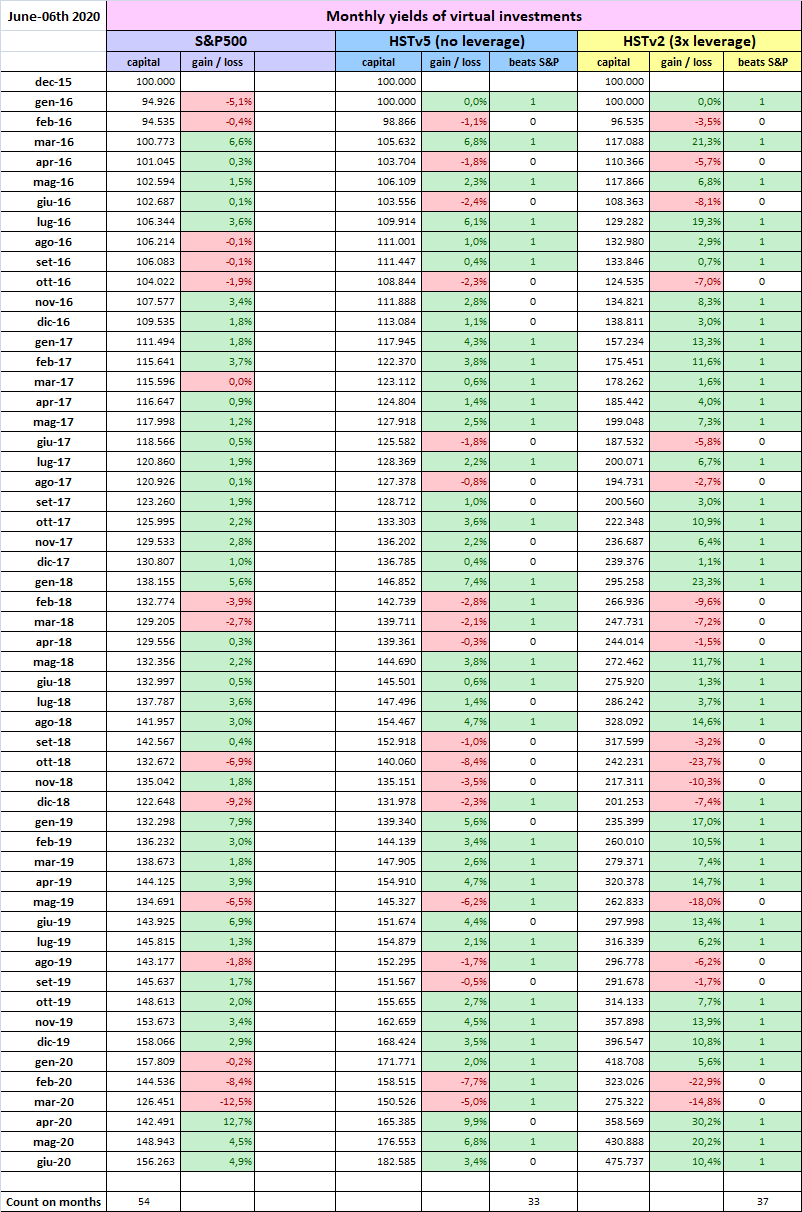Fundamentals matter.. but indexes have ignored them
The amazing rebound of the stock markets, started on March 23rd is continuing at a slower pace (except on Friday the 5th), and Nasdaq (IXIC) has hit its All-Time-Highs.
S&P500 (blue line) and Dow Jones are lagging, because the recovery has been lead by few tech stocks.

Status of the economy on June th: macro data
After the tremendous impact of the Covid-19 on daily life of billion people, the US economy shows all the signs of an ongoing recession.
We will show some of them: in most cases the drop was sharp and deep, but it also looks like the bottom is already behind us.
House market has been hit (in this sector the available data lag some time, so there is no sign of recovery on graphs)
Labor market is on the news since beginning of the crisis. Lockdown generated an earthquake in unemployment rate, but with last data release we are seeing some small signs of recovery.
Reletaed to this unprecedented uneployment rate, there is a risk of credit crunch, because many people might not be able to pay their open mortgages, house rents, scheduled payments of private cars.
Manufacturing index is in a very bad shape, especially when you compare it with with the recovery of the financial markets
Inflation is lowering, and it will continue until there is a recovery of demand by consumers. A higher inflation is expected for 2021.
You see that all the macro data are now negative, and US - as many other coutries in the world - entered into a deep recession.
Then, what is balancing all these negative points on the other plate? Why are markets back to their tops, without even pricing the actual decline (in some cases it is a crash) of corporate profits?

We see only two/three positive points:
- FED intervention has been massive and quick. Prices in stock markets are influenced more by money-flow than by earnings expectation. Markets are under the drug of the FED, and keep going
- The duration and the material damage of the Covid-19 crisis is like a deep, but short shock: factories were closed and expenditures were blocked for 2/3 months. But companies which survived have kept all of their potential, and consumers can go back to consume soon. This is far different from a war / natural catastrophe with material destruction of wealth and production means.
- Many economists are also pointing the fact that money has no other place to go than stock markets: with low interest rates given by bonds, and other form of investment. This is also why the recovery of indexes has been driven by the rise of few, giant, tech stocks. (This point is quite weak IMHO: there are many people with less money to spend and invest, because of this recession)
Let's try to draw some conclusions.
We are walking on thin ice
Despite the balance is suprisingly holding its neutral position, we might suffer some sudden drop in near future, and payback this excess of optimism.
But it all depends on how quickly the real economy could heal its wounds, and if there will be scars left, or not.
About our investments and the HST model, I have to repeat: as traders and investors we must not fight the market.
Consider that the HST model is based on 3 indicators:
- Technical Indicator 1 (is short term momentum positive?)
- Technical Indicator 2 (are we in a bull market?)
- Fundamental Indicator (are we in a economic recession?)
But the flow chart is clear: when short term momentum is positive (Tech Indicator 1), then GO AGGRESSIVE LONG, no matter what the other parameters are saying. This is how HST model has been outperforming the S&P500 for many years in 1971-2019, and it is still outperforming it during this unprecedented crisis.


On the other hand
- If the market continues rising and the current rebound will turn into a new "Bull Market" (against our feelings based on the perspectives of the economy), the HST model will stay Aggressive Long, and give amazing profits even during 2020 (this point is the same as it was one month ago)
- If the market drops again and stays low for a long time, as normal bear markets do, the HST model will soon push us to cash
This point has been changing during last weeks: Nasdaq index seems to be a bit stretched, and the signal to go cash could come after some drowdawns from actual highs.
At any time we can apply the HST model also setting the size of our positions. For cautious investors this might be the right time to reduce their positions, especially if they operate with the leveraged variant.
-----------------------------------
Write to This email address is being protected from spambots. You need JavaScript enabled to view it. and get more information about daily signals from the HST model released to members.
